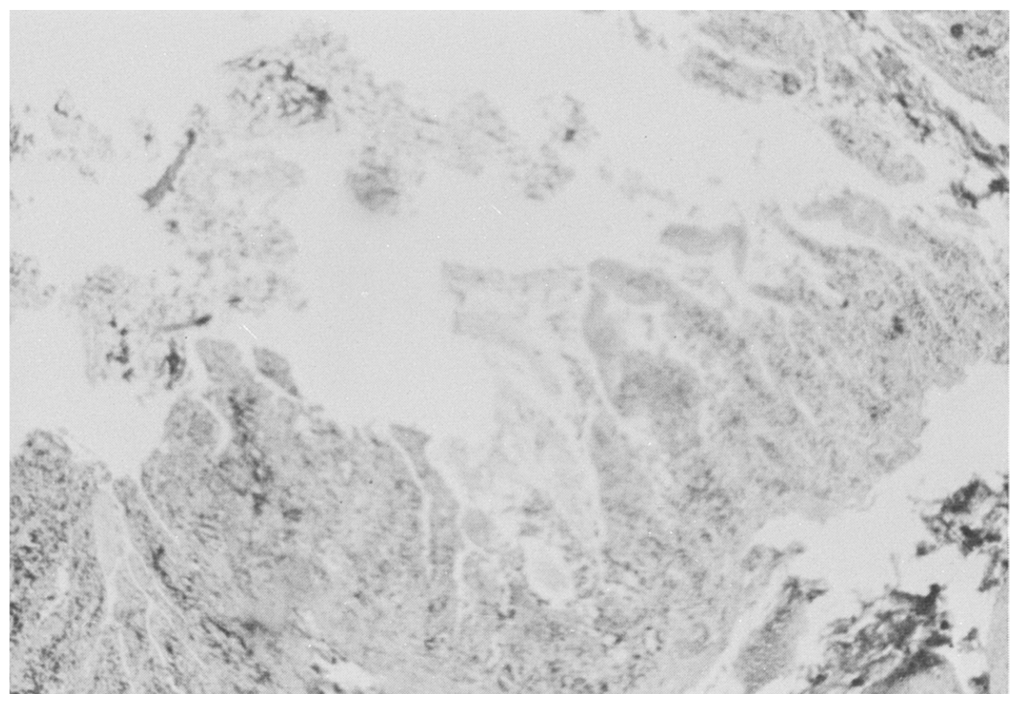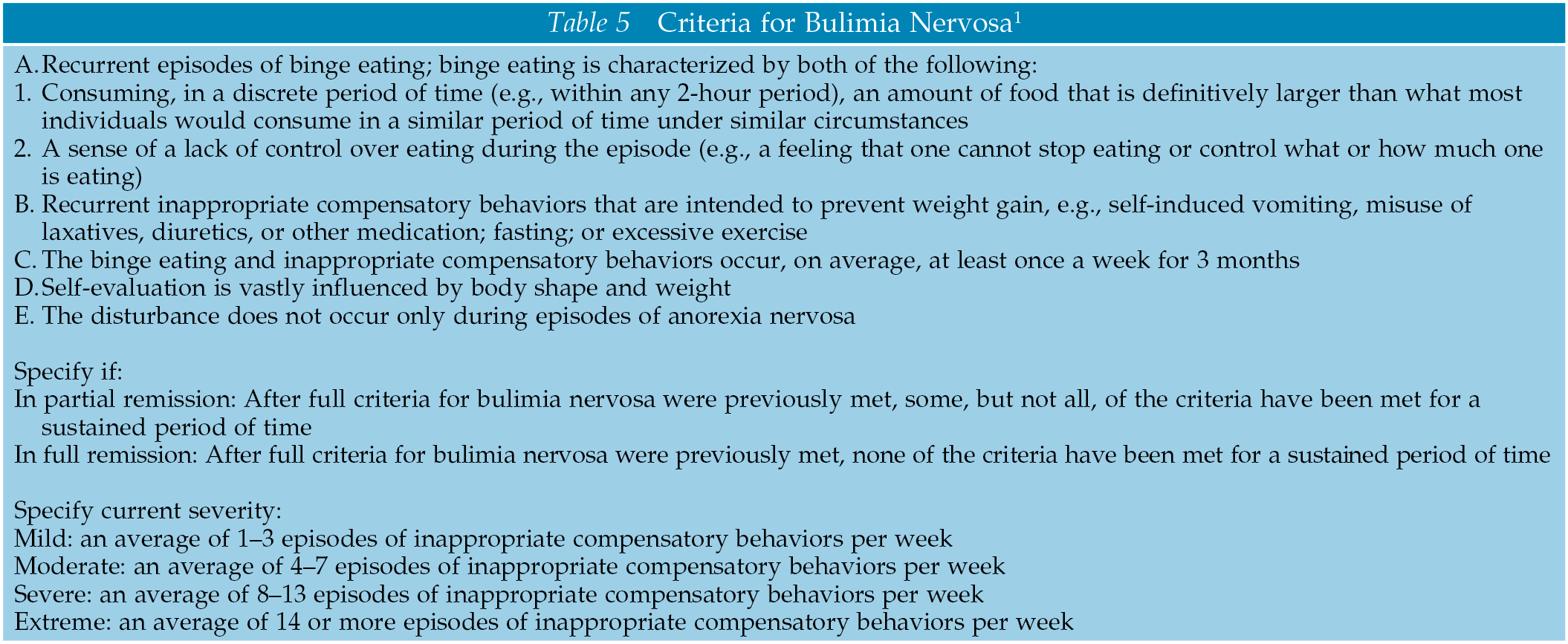- Development of guidelines for diagnosis and treatment of diabetic foot to help codify worldwide data across various specialties involved with diabetic foot
- Using a specialized sealed dressing and a vacuum pump, the wound vacuum is a therapeutic system that implements a constant or intermittent negative pressure environment to accelerate wound healing in acute and chronic wounds
- After successful revascularization, secondary procedures on the foot may be performed for maximal foot salvage, with the aim of addressing both the acute problem and the underlying cause. The basic goals of such procedures are to (1) remove infected bone (if present), (2) restore functional stability, and (3) reduce the risk of subsequent ulceration
Latest Updates


Mechanical Ventilation: Respiratory Physiology and Conventional Ventilation
- Berlin Modification of the definition of ARDS and PaO2/FIO2 ratio into mild (P/F < 300), moderate (P/F ratio < 200) and severe (P/F < 100)
- The first ventilator, the iron lung, was developed in 1928 and extensively used in the 1940s during the polio epidemics. Nearly all current mechanical ventilators are positive-pressure ventilators; one negative-pressure ventilator is available but is primarily used for pulmonary toilet in patients with cystic fibrosis.
- On a mechanical level, increases in PEEP move the zero-pressure point (ZPP) more proximally within the airway. Optimal PEEP is the PEEP that places the ZPP within a cartilaginous portion of the airway instead of a more distal, collapsible segment.

- Evidence for efficacy of a recently approved second-generation triazole (isavuconazole)
- Enhanced understanding of the characteristics of and indications for currently available antifungals
- Because fluconazole interacts with warfarin, phenytoin, and cyclosporine when given in a daily dose of 200 mg or higher, serum concentrations of these agents should be monitored when they are used in conjunction with fluconazole.

- Development of guidelines for diagnosis and treatment of diabetic foot to help codify worldwide data across various specialties involved with diabetic foot
- Using a specialized sealed dressing and a vacuum pump, the wound vacuum is a therapeutic system that implements a constant or intermittent negative pressure environment to accelerate wound healing in acute and chronic wounds
- After successful revascularization, secondary procedures on the foot may be performed for maximal foot salvage, with the aim of addressing both the acute problem and the underlying cause. The basic goals of such procedures are to (1) remove infected bone (if present), (2) restore functional stability, and (3) reduce the risk of subsequent ulceration

- Development of guidelines for diagnosis and treatment of diabetic foot to help codify worldwide data across various specialties involved with diabetic foot
- Using a specialized sealed dressing and a vacuum pump, the wound vacuum is a therapeutic system that implements a constant or intermittent negative pressure environment to accelerate wound healing in acute and chronic wounds
- After successful revascularization, secondary procedures on the foot may be performed for maximal foot salvage, with the aim of addressing both the acute problem and the underlying cause. The basic goals of such procedures are to (1) remove infected bone (if present), (2) restore functional stability, and (3) reduce the risk of subsequent ulceration

- Updated treatment options for patients with candidiasis
- Evidence for efficacy of rapid Candida species identification products
- Enhanced understanding of antifungal prophylaxis

- Updated treatment options for patients with candidiasis
- Evidence for efficacy of rapid Candida species identification products
- Enhanced understanding of antifungal prophylaxis

- With the DSM-5, rumination and pica are now placed in the same chapter as bulimia nervosa and anorexia nervosa.
- In the DSM-5, diagnoses were modified and expanded to better describe patient diversity, especially with respect to age.
- According to a recent study, implementation of the DSM-5 criteria may dramatically reduce residual eating disorder diagnoses within clinical settings.


.png)







